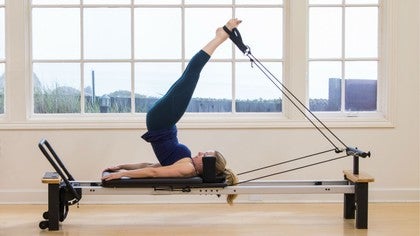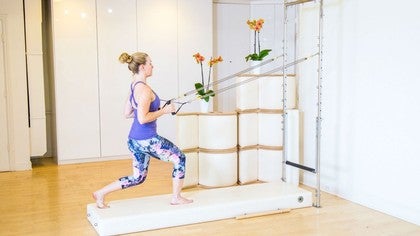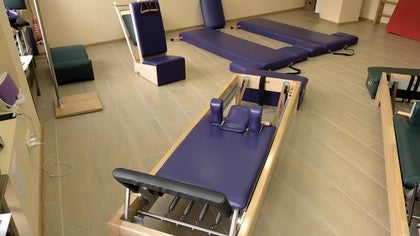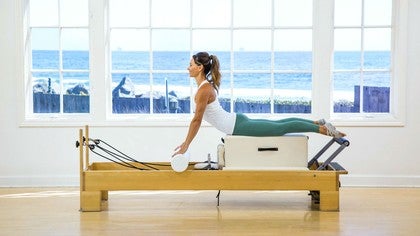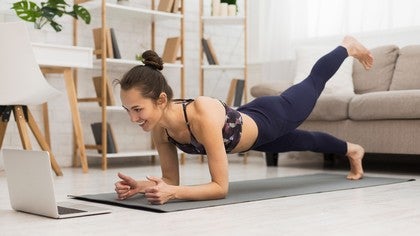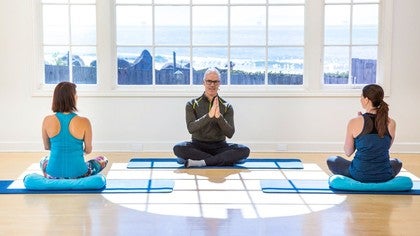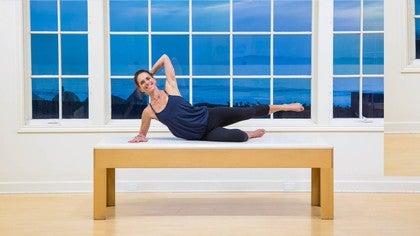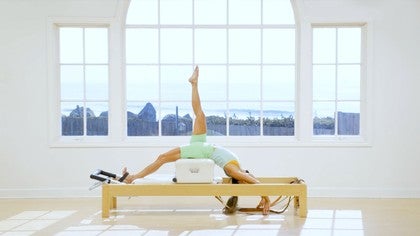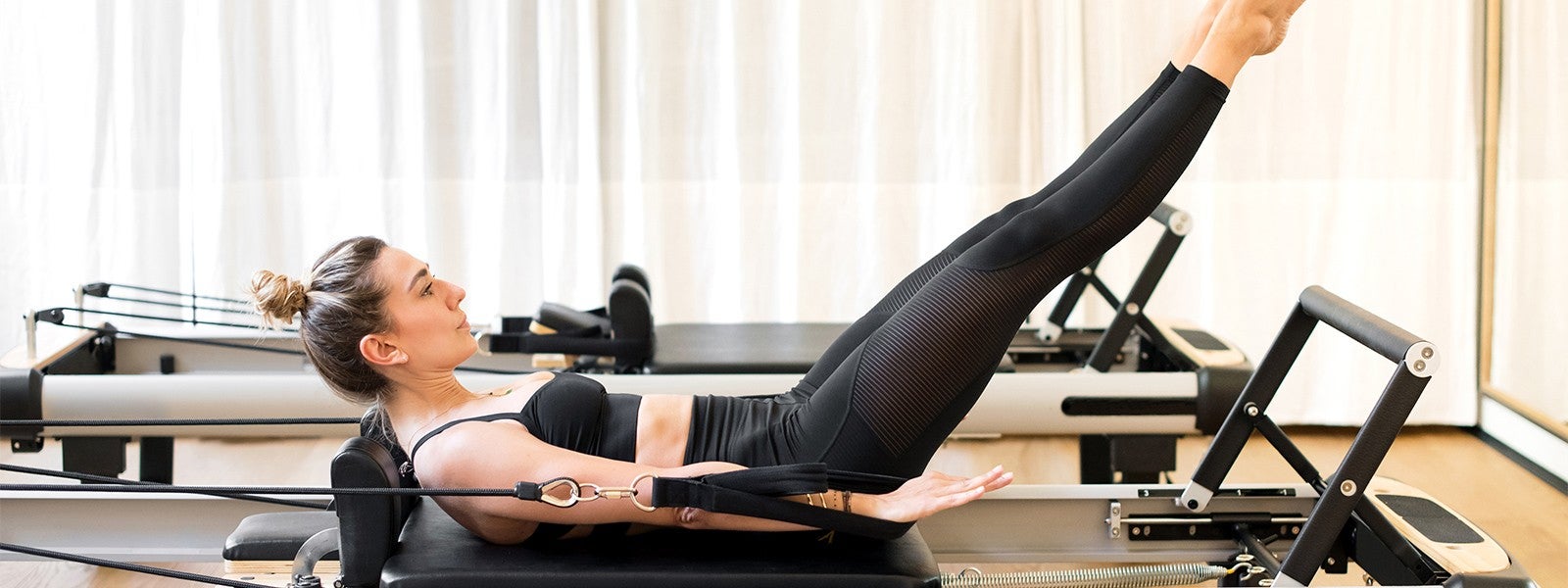
What to Consider When Purchasing a Reformer
The
If you’re thinking about buying your own Reformer, congratulations. You must be very committed to practicing Pilates. But how do you know which one to buy, and how can you ensure that it doesn’t become an expensive, bulky spot to stash your laundry (we’re looking at you, stationary bike!)? The Pilates community is famously tribal, with adherents of traditional Pilates and more contemporary Pilates styles. As might be expected, these predilections apply to a favored make of Reformer. The big names are Gratz ($4500), known for their fidelity to Joe’s original designs and loved by more traditional practitioners, and Balanced Body ($2500-$4000), preferred by the contemporary crowd and famous for their innovations and snazzy extras. There are a couple of other manufacturers from whom the consumer can buy directly such as Peak Pilates, Pilates Designs, Merrithew, also known as STOTT, and AeroPilates, but even discount stores like Costco or websites like Overstock now sell Reformers for home use.
Evaluate your space
One of the first questions you’ll need to think about is whether you have space for a Pilates Reformer machine. Depending upon the manufacturer, Reformers are between 80” and 100” long, and they can weigh more than 100 pounds. The box used for short and long box exercises will add another 12-18 inches to the footprint, as it is typically stored at the back of the Reformer when not in use. Foldable and portable models are a space-saving option, but ask yourself how often you will actually set it up and use it if it’s not out in the open. Sometimes, out of sight means out of mind.
How will it be used?
Also, think about how you plan to use your home Pilates Reformer. Will you have an instructor teach you one-on-one (either virtually or in-person) in your home studio? Will you be following along with streaming workouts? Or will you be doing a self-directed workout? Depending upon your answer, and your proficiency with spring and equipment changes, you may choose one style of Reformer over another. Gratz Reformers, for example, have four springs, all of which have the same tension, while most Balanced Body Reformers have five springs ranging from heavy to light, each denoted by a distinctive colored tag. More spring options mean more versatility, but also more complexity.
Stick to what you know
Preference is often a matter of familiarity. For some reason, people tend to prefer the Reformer brand on which they first experienced Pilates. The different springs and dimensions of various brands create a distinctive feel that just seems “right." If you are thinking about buying a Pilates machine, most likely it’s because you like the equipment you’ve been using at your local Pilates studio or health club. In this case, a good place to start is to ask your Pilates instructor what brand or model of Reformer is used in the studio and start your search there.
Other considerations
Once you’ve decided on a manufacturer or narrowed down your choice of model, additional options to consider include a choice of several frame materials (wood or aluminum), various colors and types of upholstery, and a slew of upgrades and accessories such as fuzzy foot loops and cushioned footbars. Expect to pay north of $4000 for a top-of-the-line, studio-quality Reformer, while stripped-down, strictly budget models designed for personal use can be found from $1000 and up.
During the COVID-19 crisis, many Pilates studios have closed. Your local studio owner may be selling used equipment. The benefits to this arrangement are that you are already familiar with their Reformers and you will save money on a gently used Reformer. Some Pilates equipment companies offer an affiliate program to local Pilates studios, meaning that if you order your equipment through your local studio, you receive a discount.
Finding a used or second-hand Reformer online is a more affordable option. Sites such as Craigslist are good places to start. Not only will a previously owned Reformer be cheaper than buying new from a manufacturer, but you will also save on shipping if you arrange to pick it up from the seller yourself. If you go this route, make sure that you see the Reformer for yourself and try it out to see how it feels. If you have an instructor you trust, he or she may be able to evaluate it for you before you buy it. Shipping a pre-owned Reformer long distance is not recommended as it may get damaged en route. And just as you would for any big-ticket purchase from an individual you don’t know personally, be careful when it comes to transferring funds to the seller. Online fraud seems to be increasing during the COVID-19 crisis.
If you decide that due to space or budget limits a home Pilates Reformer is out of reach, remember that Pilates Mat work is tremendously varied, rigorous, and effective. You can achieve great results using only your own body weight as resistance. If you are worried about getting bored, adding small props such as the Magic Circle, a playground ball and a set of elastic bands can boost the intensity of your Mat work for a much smaller investment and in a much smaller footprint.
Comments
You need to be a subscriber to post a comment.
Please Log In or Create an Account to start your free trial.

